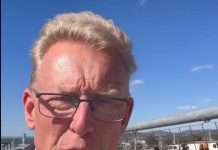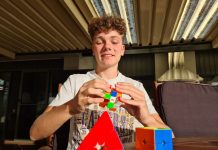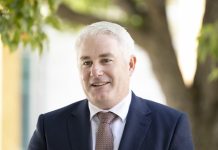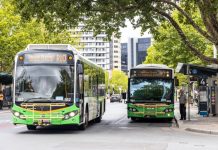Critically endangered swift parrots have been spotted in the Territory this week as the birds migrate from Tasmania to mainland Australia, prompting calls for more to be done to preserve their habitats.
The parrots breed in Tasmania and migrate to the mainland each year looking for food.
ACT Environment Minister Rebecca Vassarotti said while the sightings of swift parrots are welcome, it’s indicative of the destruction of their habitats elsewhere.
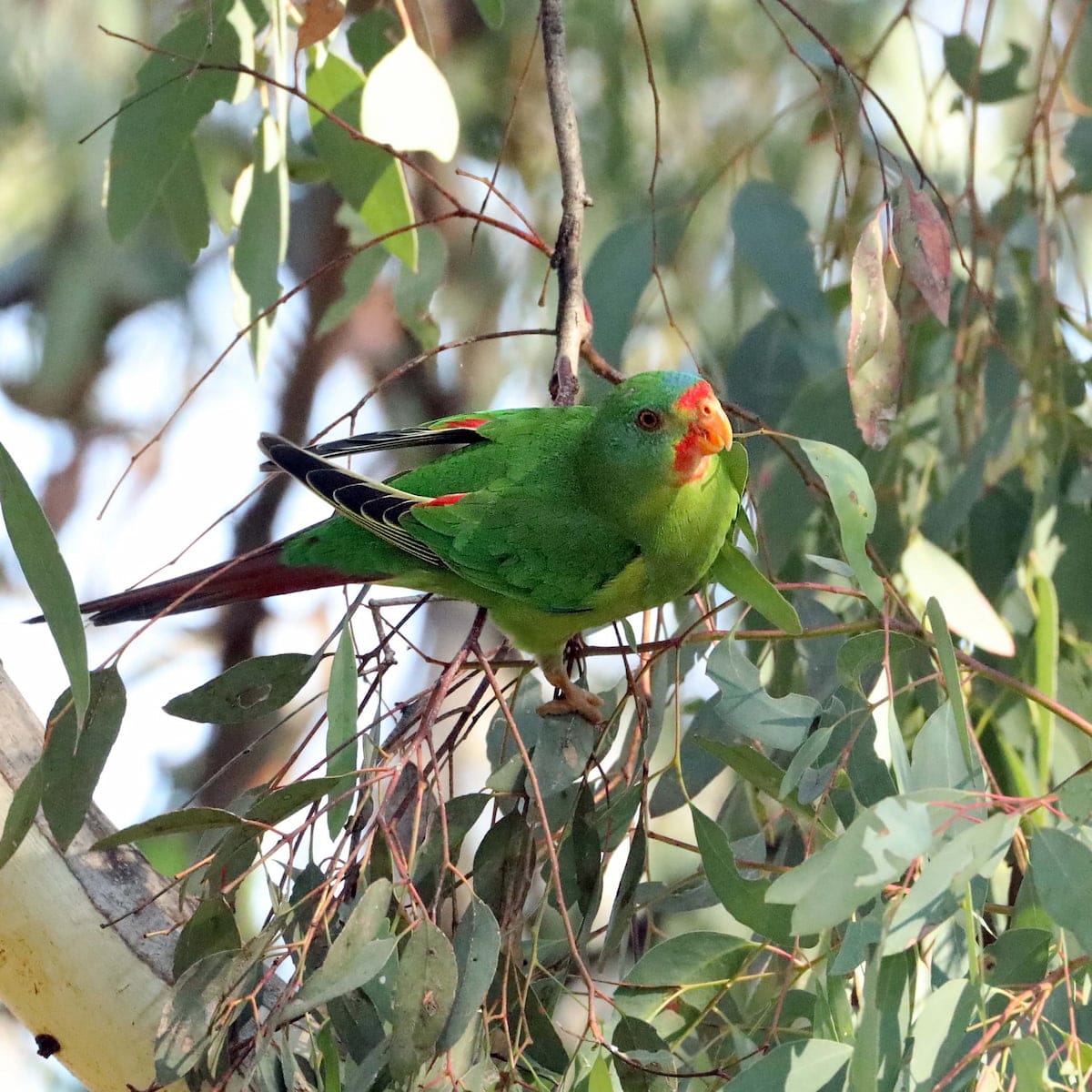
“Outside the ACT, their habitat is under attack, with their breeding grounds in south east Tasmania and important winter habitat on the NSW south coast both being logged.”
Ms Vassarotti has called on the Federal Government to change the Environment Protection and Biodiversity Conservation (EPBC) Act to remove effective exemptions for native forest logging under agreements between the Federal and state governments.
“Scientists and conservation groups have said the forestry exemption is one of a series of failures in the design and implementation of the legislation that favours industry over environment.
“Graeme Samuel, who led a once-a-decade review of our national environment laws, has said the EPBC Act is failing to stem an extinction crisis.”
In December, researchers from the ANU said there could be less than 300 of the birds left in the wild.
“Swift parrots are critically threatened by a range of factors, including deforestation of their habitat,” said the study’s co-author Dr Dejan Stojanovic at the time.
“This study shows that threats like the severe deforestation of the Tasmanian breeding habitat of swift parrots has drastically reduced their population size and increased the odds that the species will go extinct.”
Feeling pretty lucky today, managed to spy a critically endangered Swift Parrot in Canberra.
A species decimated by logging it's breeding habitat and other threats. Only 300 estimated left in the wild.
We spotted at least 1/10th of the total global population in one flock. pic.twitter.com/GNG6b3yFu4
— James Trezise (@james_trezise) May 4, 2021
Debbie Saunders, an expert on swift parrots from the ANU, said the harvesting of timber within swift parrot habitat on the NSW south coast and in Tasmania is significantly impacting the long-term viability of the species.
“Swift parrots prefer foraging in big, older trees with natural hollows, so the logging of mature habitat reduces both the availability and quality of food resources for swift parrots,” said Dr Saunders.
“This increases pressure on the population to travel further for less food, reducing their overall fitness and ability to return in good condition to their breeding areas.”
For more:


